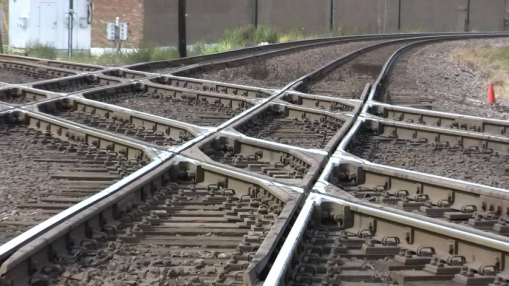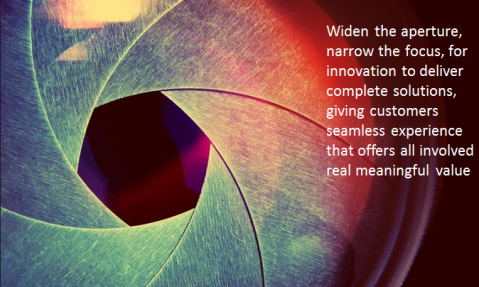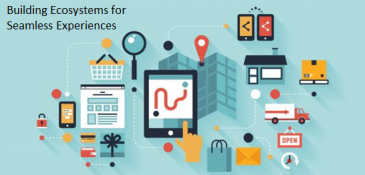 Paul and I have been writing mostly about ecosystems and platforms in the abstract to date, not spending a lot of time talking about specific companies or industries.
Paul and I have been writing mostly about ecosystems and platforms in the abstract to date, not spending a lot of time talking about specific companies or industries.
We took this approach because we wanted to establish a firm foundation about ecosystems and platforms generally, that wasn’t subject to debate about their applicability to one industry or another.
In the next several posts we will be looking at two diametrically opposed industries and the importance of ecosystems and platforms to both of these industries. Fittingly, I’ll be looking at the importance of innovation in ecosystems and platforms for an “old economy” industry – the railroads, while Paul looks at the importance of platforms and ecosystems in a new economy company – Alibaba.
On the (rail)road again…
 To borrow a phrase from the musician formerly known as Prince, we are innovating, at least in regards to platforms and ecosystems, like it’s 1999. This isn’t to suggest innovation is making beautiful music, but to take you back to a specific point in time and think about the conditions.
To borrow a phrase from the musician formerly known as Prince, we are innovating, at least in regards to platforms and ecosystems, like it’s 1999. This isn’t to suggest innovation is making beautiful music, but to take you back to a specific point in time and think about the conditions.
